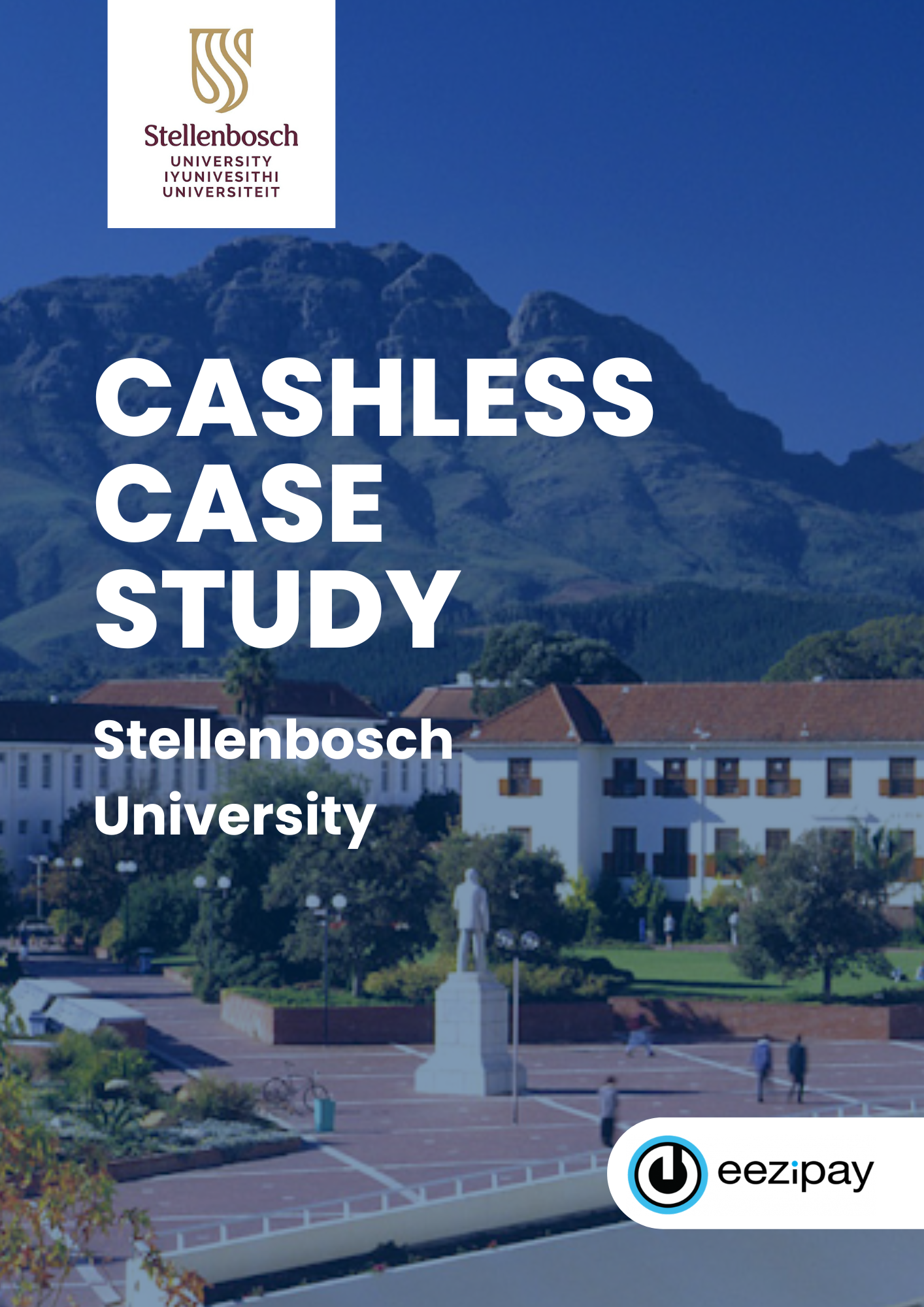Over the past five years, South Africa’s payments ecosystem has undergone rapid evolution. Contactless cards, mobile wallets, and instant EFTs are no longer fringe innovations — they’re part of daily life for a growing number of consumers and enterprises. According to the South African Reserve Bank (SARB), debit cards and similar digital instruments now claim a majority share of non-cash transaction value, while real-time systems like PayShap are processing hundreds of millions of low-value payments annually. On the surface, it may seem that South Africa is well on its way to becoming a fully cashless society.
But the reality on the ground is far more nuanced.
Despite rapid digital growth, cash still accounts for the majority of transaction volumes in South Africa, particularly in informal and low-income sectors, even as digital payments continue to expand in value and reach. This isn’t simply due to a lack of access — with 85 % of adults reportedly holding a formal financial account and widespread mobile penetration, the infrastructure is largely in place. Instead, what we’re seeing is a reflection of trust, behaviour, affordability, and lived experience — dimensions often overlooked when “cashless” is treated as a purely technological or economic goal.
This is where enterprises must tread carefully. Going digital offers undeniable benefits: reduced cash-handling costs, faster reconciliation, richer customer data, and greater security. Yet, a one-size-fits-all cashless strategy can backfire if it excludes significant portions of the market, including the millions of South Africans who are unbanked or underbanked. The real opportunity lies in building flexible, inclusive ecosystems that work in both Sandton malls and township spaza shops.
In this article, we explore why cashless isn’t a binary switch in South Africa, and what decision-makers across sectors need to consider as they reimagine the role of payments in an increasingly digital economy.
Table of Contents
The Dual Reality: Digital Uptake vs Cash Persistence
South Africa’s payment landscape presents a paradox: digital transactions are rising sharply, but cash remains the dominant method in terms of volume. Understanding this duality is crucial for enterprises seeking to scale digital payment systems without excluding a significant portion of their customer base.
Digital Growth in Numbers
The narrative of digital growth is compelling. According to the SARB’s 2023 Payments Study:
- Electronic Funds Transfer (EFT) credit transactions rose from 406.9 million in 2010 to over 1.13 billion in 2024, with value growth from R4.82 trillion to R12.9 trillion.
- South Africa’s PayShap real-time payments system, launched in March 2023, has surged from 9 million transactions in its first year to a projected 251 million by March 2025, with values approaching R198.5 billion.
- Banking apps and digital wallets are gaining popularity across both high- and mid-income segments. Over 70% of South Africans have used at least one form of digital payment, a rate second only to Kenya on the continent
Card usage remains particularly strong. Debit cards alone account for:
- 34% of payment volume
- 55% of payment value
- With an average transaction value of R768.20, they’re used for higher-ticket purchases such as groceries, fuel, and services.
What’s more, fintech adoption is booming. South African enterprises are embracing everything from mobile wallet integrations and buy-now-pay-later (BNPL) services to crypto-accepted gateways like Peach Payments and PayJustNow. But behind this growth is a sobering truth.
Why Cash Still Dominates in Volume
Despite the surge in digital adoption, cash remains the most frequently used payment method by transaction count.
Cash still accounts for around 56 % of all payment transactions by volume, but only 21% of total payment value, as most cash purchases are relatively small, averaging about R208 each.
Why does cash still hold such sway in an increasingly connected economy?
- Affordability and Accessibility: Data costs and inconsistent merchant acceptance make cash a more affordable and practical option for many households.
- Cultural and Psychological Familiarity: Physical money helps people budget and control spending in ways apps can’t easily replace.
- Security and Trust Concerns: Past fraud, debit order abuse, and hidden fees make many wary of digital platforms.
- Informal Economy: Spaza shops, taxi operators, and street vendors often prefer cash for simplicity, lower transaction costs, and immediate liquidity.
This coexistence of digital acceleration and cash reliance reflects South Africa’s dual economy. Convenience, inclusion, and context continue to shape how people choose to pay.
Enterprises that ignore this complexity risk building exclusionary systems that alienate high-volume but low-income segments. The solution isn’t to force digital uptake — it’s to understand where cash fits, and design systems that bridge rather than erase that gap.
Why Going Fully Cashless Risks Exclusion
Going fully cashless may seem like a progressive move — faster settlements, lower cash-handling risks, and richer data insights. Yet in South Africa’s layered socio-economic context, a purely digital strategy can unintentionally widen the very gaps it hopes to close. For enterprises operating at scale — whether in retail, education, or financial services — it’s not just a matter of capability, but of consequence.
Financial Exclusion
Approximately 3.5 million South Africans remain fully excluded from the formal financial system, while a further 7.5 million are unbanked. Many rely on feature phones, lack stable internet, or are digitally illiterate. A cashless-only approach sidelines them, particularly in transportation, rural retail, and low-cost education.
Infrastructure Weaknesses
Load shedding and poor connectivity can paralyse digital systems. When card machines and USSD fail, queues form, sales are lost, and trust erodes. Offline fallback systems — QR codes, prepaid balances, NFC cards — are essential.
Consumer Trust
The SARB’s Payments Study Report 2023 found that 36% of South Africans (termed “digital rejectors”) often cite security concerns, lack of knowledge, and distrust of digital systems as reasons for avoiding technology-based payments. For many households, cash still represents control and predictability — a form of financial discipline as much as a payment method.
Bottom line: Going fully cashless risks alienating customers, damaging brand trust, and contradicting SARB’s inclusion-first mandate.
The SARB’s Stance: Progress, Not Elimination
According to the SARB, cash continues to play an essential role — particularly for low-income and rural communities. The Reserve Bank explicitly states that “cash remains prevalent, especially among underserved populations”, and that going fully cashless too quickly could “exacerbate financial inequality”
Balanced View
Cash remains vital for underserved populations and as a fallback during crises. Forcing rapid elimination risks widening inequality.
Regulatory Push
- PayShap: Launched in 2023, PayShap enables low-cost, real-time transfers via mobile numbers, with an initial with an initial transaction cap of R3,000.
- NPS Act amendments: Recent updates are enabling non-bank service providers and fintechs to gain more direct participation in clearing and settlement systems.
- Payments Ecosystem Modernisation (PEM): New regulatory frameworks like PEM are pushing toward open, secure, and accessible payment infrastructure, integrating banks, fintechs, and telecoms.
Implications for Enterprises
- Measure success by inclusion and uptime, not “cashlessness.”
- Design for choice: enable cards, wallets, QR codes, USSD, and cash.
- Align with evolving compliance frameworks.
Pro tip: Enterprises can proactively align with SARB’s roadmap by integrating services like PayShap, offering zero-rated USSD interfaces, and ensuring interoperability across wallets, cards, and QR codes — much like how Eezipay enables parents, students, and staff to transact effortlessly in schools, even when cash or connectivity is limited.
Sectoral Snapshot: Who’s Going Hybrid and Why
As the regulatory and infrastructural groundwork for digital payments matures, some of South Africa’s most influential organisations are not going cashless — they’re going hybrid. In doing so, they reflect a growing realisation: the best path forward is not to force transformation, but to design systems that meet people where they are.
Retail
South Africa’s retail giants have been quick to embrace a mix of payment channels — not only to streamline operations, but to future-proof their offerings.
- Pick n Pay: Accepts Bitcoin and other crypto.
- Checkers Sixty60 + RCS: Integrates credit for same-day delivery.
- Telkom Pay: Chat-based payments for mobile-first users.
Retailers are proving that layered approaches unlock new value streams while keeping legacy users included.
Education
The education sector has emerged as a testbed for practical, secure, and inclusive digital payment models, especially in environments where safety, oversight, and accountability matter.
- Stellenbosch University: Integrated SnapScan across campus.
- Karri & Sticitt: Wallet apps for school activities, with QR fallback.
- Eezipay: An integrated payment ecosystem supporting wallet, QR, and EMV card transactions across schools and universities — ensuring inclusive, uninterrupted payments.
This hybrid approach isn’t just about efficiency. It also reflects parental concerns around bullying, theft, and transparency, with digital systems offering better tracking and security for learner spending.
Financial Services
Nowhere is the hybrid model more dynamic or more disruptive than in financial services, where traditional banks compete with agile fintechs and mobile network operators to shape the future of payments.
- Capitec Pay: Real-time, cardless transactions.
- TymeBank & Bank Zero: Low-fee, digital-native banking.
- Vodacom VodaPay & MTN MoMo: Telco-led super apps integrating payments, lending, and e-commerce.
Interoperability is key: consumers use multiple systems across contexts.
Strategic Imperatives for Enterprises
The evidence is clear: South Africa is not heading toward a one-size-fits-all cashless future. It’s moving toward a multi-modal, context-driven payment ecosystem — one where digital, card-based, and cash transactions co-exist, evolve, and serve distinct roles. For enterprise leaders, this means rethinking how payment infrastructure is designed, deployed, and measured.
Below are three strategic imperatives for navigating this shift.
1. Design for Access & Resilience
- Enable offline fallback (QR, NFC, tokenised balances).
- Support USSD/SMS for non-smartphone users.
- Integrate PayShap for low-value transactions.
2. Invest in Trust, Not Just Tech
- Be transparent with fees.
- Provide a clear opt-in for recurring payments.
- Ensure easy refunds and real-time receipts.
- Maintain hybrid options where digital adoption is low.
3. Build for the Next Billion Transactions
- Partner with fintechs and telecom companies to integrate payments into everyday tools.
- Use APIs and open banking for modular growth.
- Offer plug-and-play onboarding kits for small vendors and schools.
Africa’s domestic e-payments revenue is forecast to grow 20% annually through 2025. South Africa will be a major driver — but only if enterprises design for inclusivity.
Conclusion: Cashless, Carefully
South Africa’s payment landscape is transforming — but not uniformly, and not all at once. While card transactions, real-time EFTs, and mobile wallets are rapidly gaining traction, cash still underpins more than half of all transactions by volume. This isn’t a contradiction; it’s a reflection of South Africa’s dual economy, where formal and informal markets, digital and physical infrastructures, coexist and collide.
For enterprise decision-makers, the takeaway is clear: a fully cashless strategy is not inherently progressive — unless it’s inclusive, resilient, and context-aware.
The South African Reserve Bank’s position reinforces this nuance: progress toward digital payments is essential, but not at the expense of participation, trust, or financial access. Instead of replacing cash, the goal is to provide meaningful alternatives that empower consumers — whether they’re in a retail aisle in Bryanston or a classroom in Limpopo.
Key takeaways:
- Cashless ≠ universal.
- Inclusion is essential.
- Hybrid systems outperform digital-only models.
- Trust is the foundation of adoption.
- Local realities — load shedding, low-end devices, informal trade — demand tailored solutions.
As the payments ecosystem continues to evolve, forward-thinking enterprises will shift focus from going “cashless” to going contextual. This means designing for real people in real conditions — not just for the idealised digital consumer.
Solutions like Eezipay, which enable hybrid, sector-specific payments in schools, estates, and workplaces, offer a glimpse into this future: one where digital transactions are frictionless but grounded in South African realities.
Explore more:
• Eezipay’s School Payment Ecosystem
• A Cashless Future – 4 Important Reasons SA Schools Should Go Cashless

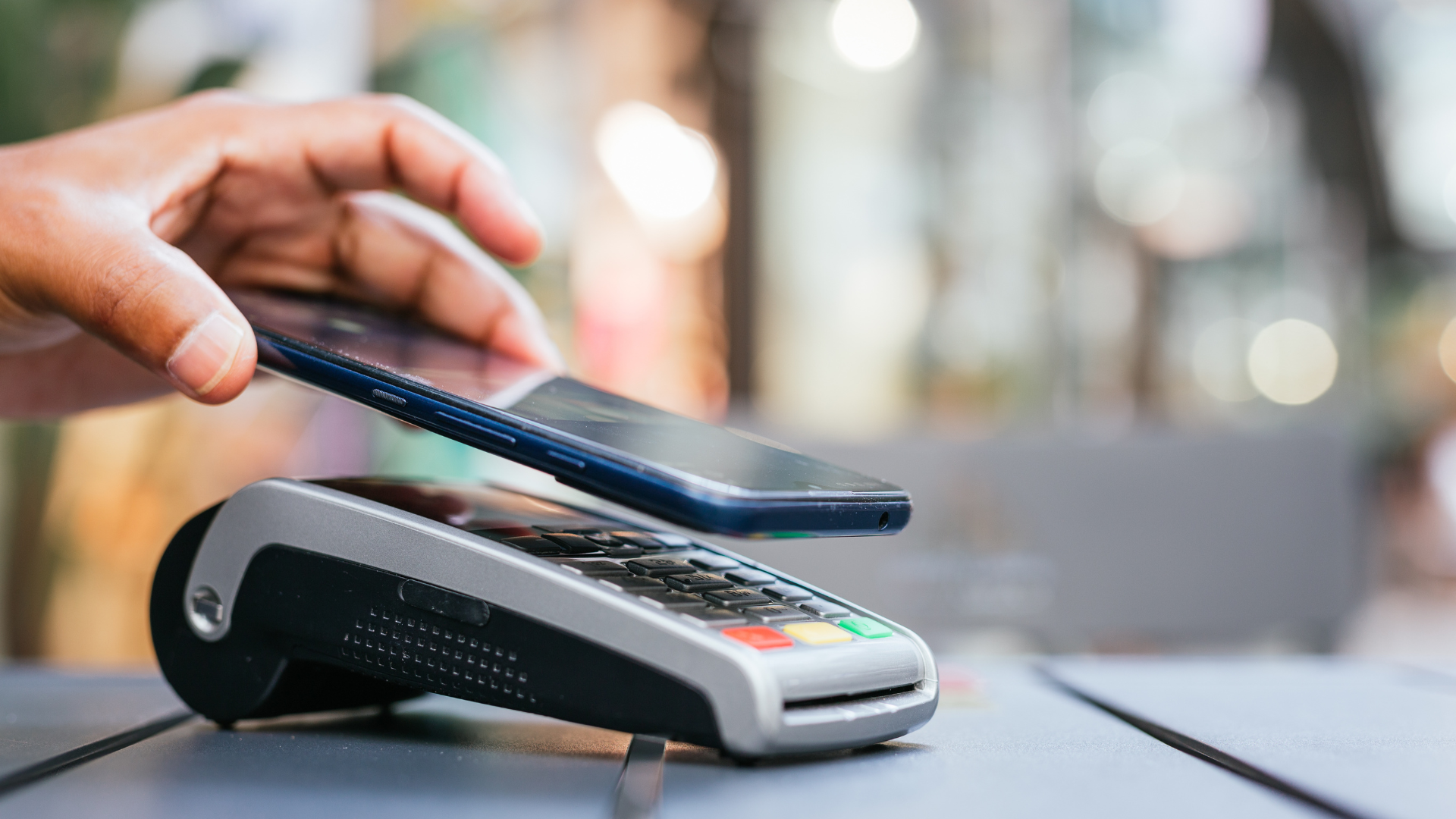

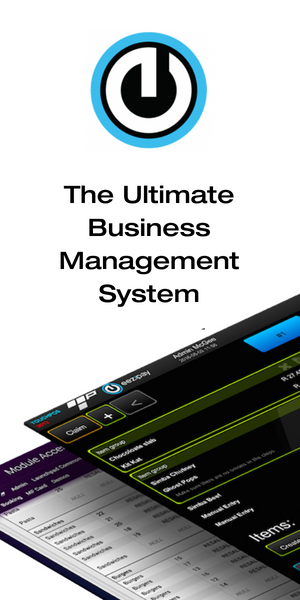
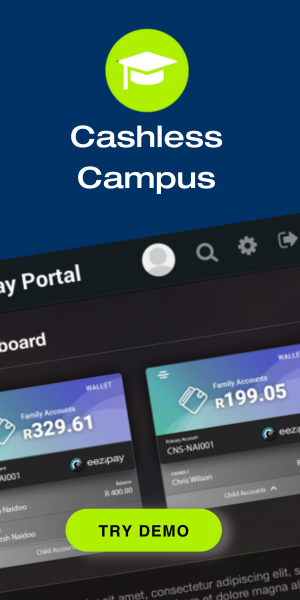
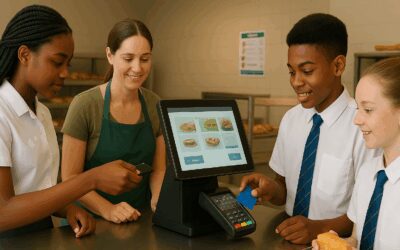
![How QR Code Payments Are Powering a Brighter Future for Universities [2025]](https://eezipay.com/wp-content/smush-webp/2025/05/QR-Codes-Payments-For-Universities-400x250.png.webp)

